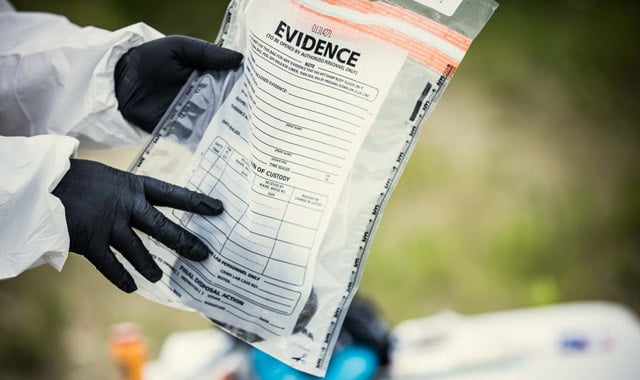Behind the Study: Investigate the MPS Feasibility and Guidance Report

After an exhaustive 19-month research project, massively parallel sequencing is proven to generate robust, reliable, reproducible results that accelerate crime-solving discoveries.
For the law enforcement community, this represents a catalytic moment. Forensic scientists and DNA technology leaders have long hoped for objective data to validate MPS for the stringent and rigid demands of human identity applications. Laboratory directors and government officials have longed for the speed, cost-efficiency and outcomes of accurate high-throughput DNA sequencing.
Now, with defensible data about MPS in hand, the forensic community can finally work together to build a much-needed strategic roadmap to broad adoption.
Get a Closer Look at the NIJ Study Report Results
With so much at stake, it’s important to thoroughly investigate the study itself. Battelle leaders are inviting forensic leaders from all around the country to dig into the data.
In a series of webcasts aimed at the DNA technical leaders in forensic laboratories, the research architects outline their methodology, results, insights, and analysis. Each features the key leaders involved in each phase of the research project. You’ll get exclusive access to their approaches, caveats and analyses.
Dig Deeper into the Research Data
We knew that technical leaders especially would have thoughtful and probing questions about the research findings. Our forensic experts (Mark Wilson, Ph.D.; Richard Guerrieri, MS; and others) created a webcast series to help address these questions and spark conversations. We’re calling it the MPS Feasibility Technical Series.
During the series, we transparently share study methodologies and findings. We talk about potential opportunities for further validation, and share insights into what’s next for the forensic community. Our hope is that the content helps leaders determine MPS integration needs in their own environments.
The free 45-minute episodes include:
The Study Logistics [Episode 1]: Research leaders discuss how they designed the study and organized eight partner laboratories around a structured, shared process.
The Study Standards [Episode 2]: Dive into research findings to learn about the reproducibility, concordance, sensitivity, and precision of massively parallel sequencing data.
The Key Findings [Episode 3]: MPS experts discuss the key takeaways from the feasibility study—including mixtures, sequence variation, non-probative casework sample results, and a gap assessment.
An MPS Case Study [Episode 4]: Battelle leaders and the Ohio Bureau of Criminal Investigation (BCI) talk about their work together as the two organizations implement MPS technology within the laboratories workflow.
Sign up and watch all videos in the series at your convenience. Feel free to share them with colleagues and those in your network.
See MPS in Action in a Real Working Lab
A critical component of our technical series is an in-depth look at how MPS is currently being used within a state forensic laboratory, specifically to help the agency solve more missing persons cases. Over the course of 24 months, Battelle has worked with the lab to validate workflows, set up instrumentation, and train personnel in MPS testing methods.
During episode #4, An MPS Case Study, you’ll hear from Battelle leaders and a forensic expert from the Ohio BCI as they share insights and learnings from their work together.
Inform Your MPS Implementation Roadmap
From rape cases to missing persons and remains identification to exonerating the wrongfully accused, MPS is bringing game-changing potential to the law enforcement and criminal justice communities. With defensible data revealing that MPS is ready for adoption, the future of DNA research is now.
Sign Up for Battelle Updates
Follow along with the latest news, announcements and updates from our Battelle community of solvers.